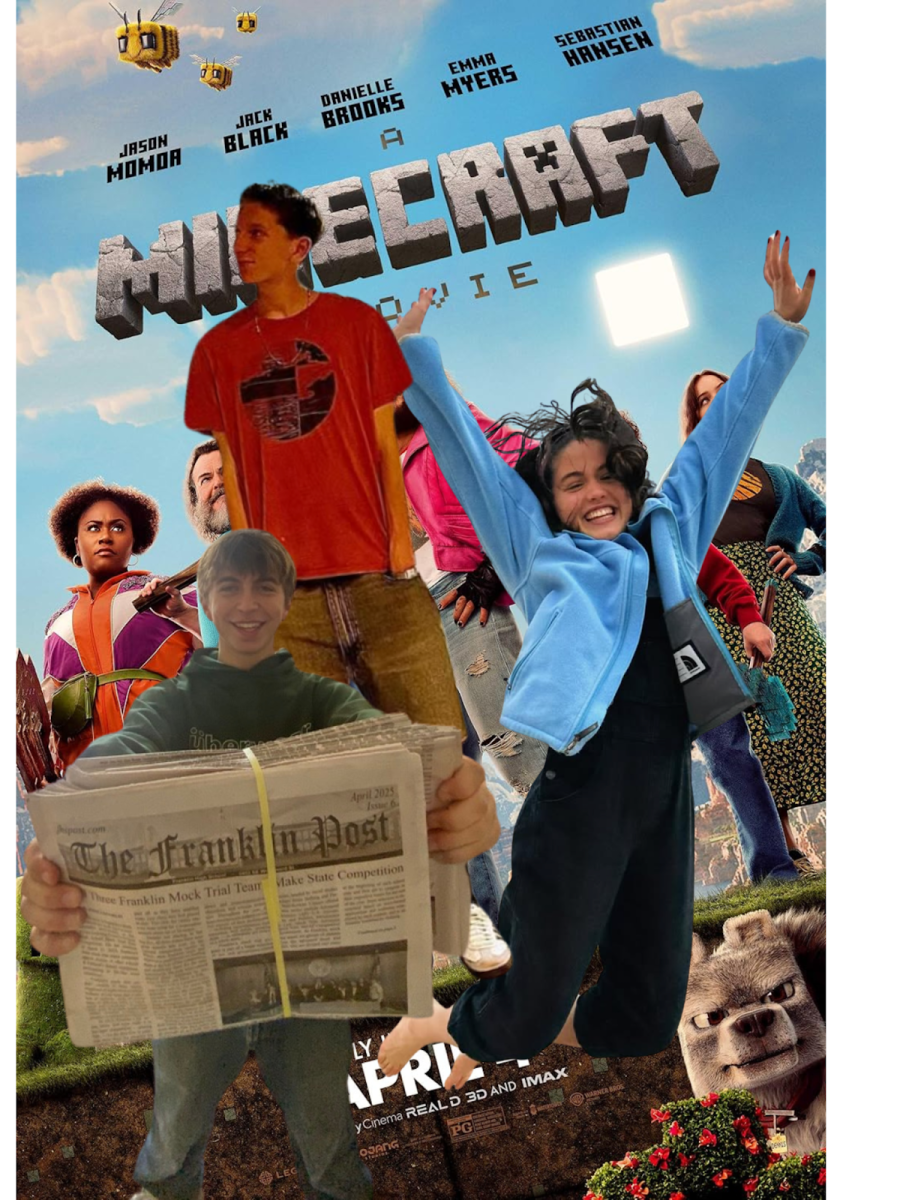
As the fall weather approaches, be prepared to see people on the streets unpacking and unveiling their fall wardrobes once again as the fall season emerges. Fall fashion has always been a cliché which is seen through the thick knitted sweaters and accessories that drape over the wearer. I interviewed Christine Taylor, an executive creative producer working in fashion. She started as an independent photographer and was a content creator for international fashion editorials for 20 years. After that she worked as a brand art director for seven years and is currently in brand marketing, design, and production. I also interviewed a Franklin High School Student, Estella Kaylor-George on her beliefs about fall fashion clichés.
Shades of browns and beige are a common occurrence that have been seen in casual fall wear throughout the decades. According to Vogue, red is 2023’s color of choice and it is storming the runaways of late. But everyday people tend to stick with more neutral colors during the midst of autumn for cleanliness and a more socially accepted wear.
The fashion world definitely creates more of a statement for their finer pieces. Christine Taylor states, “Traditionally fall fashion focused on textile textures, weaves, and fabric weights to accommodate the cooler months of the season. This is also a season in which the colorways shift over from a bright and light palette to a dark warm palette.”
When asked what the common color themes of fall fashion were, Taylor answers, “Imagine the changing colors of leaves in fall with that palette is often a part of the fall colorway for a seasonal fashion collection. Think earthy, moody, smokey, dark, and woolen.”
Trench coats have always been a closet staple seen in many television shows, movies, on the streets, and in store windows. No matter how fashion develops, a trench coat will always be tried and true. Meryl Streep wore a trench coat in the movie, “Kramer vs Kramer,” and Kate Bush wore one whilst performing in “1976.” The trench coat is a universal clothing item loved by both celebrities and society.
Fabrics most commonly used during the fall are knits, cashmere, tweed, leather, and wool. Patterns scouring the streets include plaid, houndstooth, tartan, gingham and twill. The trends throughout the decades have definitely stuck to a warm color palette and avoided icy hues which are usually trendy during summer, spring, and especially winter. Fall color is more toned down unless one chooses to wear a statement piece. When asked if fall fashion is exclusively used during fall, Taylor answered: “No, it is not, nor should it be. Seasonal fashion was developed by countries that ruled the textile industry- such as England, France, and the Netherlands. They developed seasonal fashion in an attempt to exclude the middle to lower classes from upper-class culture but also as a way to help upper-class people differentiate from the lower class- so they could not be fooled into mingling with them.” Kaylor George responds to my previous question, “Definitely not, if you’re talking about personal fashion for each individual’s clothes, I’m sure you wear things year round, but when it comes to fashion shows, there are still some aspects of fall fashion that are used annually.”
Common articles of clothing that fit into the famous fall cliché always include but are not limited to, dark colored tights, black mini skirts, thick sweaters, thick scarves, skin tight jeans, leather boots, Uggs, and trench coats. These are here to stay for many years to come as a predominant must have. “Since there’s a moderate climate in fall, it makes it a lot easier to do interesting things with layering and being able to use all kinds of different pieces of clothing and take the colors in fall such as warm colors and neutrals,” Kaylor-George mentions.
Of course, every year will add some difference to the common clichés, mixing up the fall culture, but usually the new trends are just another version of traditional clichés. “Fall fashion is just a part of an endless cycle of a masterful marketing ploy to make people think they need more clothing, when in fact they do not. It is built to profit the few while consumers spend their money on items they mostly do not need, and throw away items that are still good. Much of that clothing ends up in landfills inside of the world’s poorest countries and is now toxic waste and proof of overconsumption,” Taylor states. As you can tell, fall fashion clichés are way deeper than most might think. The fashion industry creates clichés for consumerism.
































